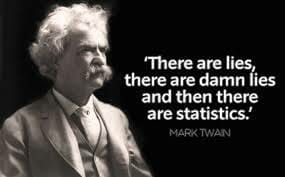 You’ve seen a lot of tips about writing the ideal appeal letter on this blog. That’s because direct mail still works. Even when donors go online to give, often what moved them to make that donation was a letter in the mail. But what about email?
You’ve seen a lot of tips about writing the ideal appeal letter on this blog. That’s because direct mail still works. Even when donors go online to give, often what moved them to make that donation was a letter in the mail. But what about email?
Email works too: if you craft it with the same care you’d give to a letter.
Here’s a great example from the Greater Boston Food Bank. This is the website version, but I received it, addressed to me personally, in my inbox. What makes this message work?
- The subject line grabs you from the start. “Who is Ashley,” you want to know, “and what is her story?”
- The graphic gives you the reason for giving and the call to action–even if you never read any further.
- The content turns a statistic into a story. You get the gist of the tale and its emotional impact in the brief amount of time you’re likely to spend on any single email.
- The “Give Now” button and links in the text make it easy for you to give–and the landing page uses the identical graphic so you’re sure you’re in the right place to make your donation.
What’s the best fundraising email you’ve written? Send me a copy–I may feature it on Communicate!

